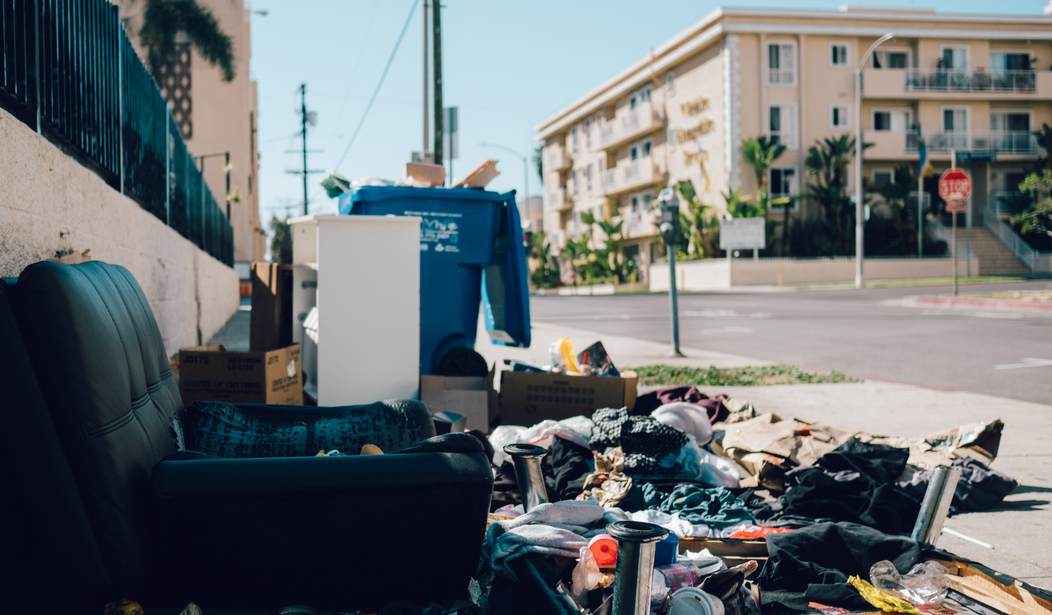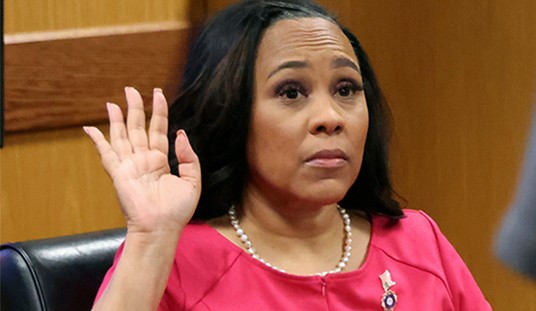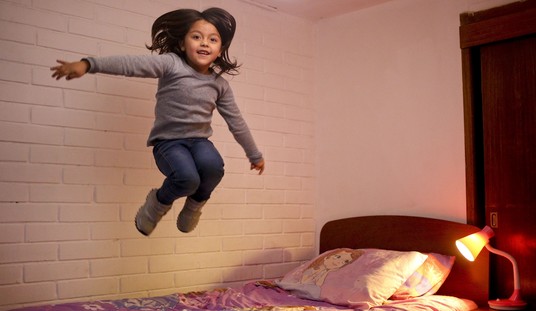Yes, I have been and still am an odd one to be writing about the state of America's urban areas. If you've been reading my work at all, well, ever, you know I grew up in a rural setting in Iowa and am a happy rural dweller myself now. I have little time for cities, despite having lived in them for four decades. I find them unpleasant; crowded, noisy, and, to be honest, they stink. I like the clean country air of Alaska's Susitna Valley, and if that means I have to put up with the sub-Arctic winters and long winter nights, that's fine.
With that being true, why am I still worried about America's cities? Because our cities are the beating hearts of our nation. Much of the country's economic activity happens there. Urban areas contain a lot of the country's industry and academia. What's more, our cities used to be the pride of the nation, but that's not so much the case anymore. Crime and mismanagement may well have driven our once-great cities to the point of no return.
One of the major and badly mismanaged problems is homelessness and sex offenses, and if you think the two are linked, well, you'd be correct.
A recently announced funding opportunity for homelessness programs from the U.S. Department of Housing and Urban Development would reward communities that commit to public safety, including those that comply with the Sex Offender Registry and Notification Act. At first glance, this may seem like an unusual concern for homelessness policy. But it relates directly to a growing concern among policymakers about a strong link between sex offenses and homelessness—one that activists have attempted to obscure.
Organizations like the National Homelessness Law Center have tried to dismiss the connection, claiming that homeless people are often classed as sex offenders merely because they don’t have access to bathrooms and wind up getting convicted of indecent exposure. Researchers at the UCSF Benioff Homelessness and Housing Initiative have made similar claims, without citing any data.
This is relevant because indecent exposure, or "flashing," is a very likely gateway crime. And all too often, as with so many gateway crimes, like vandalism, vagrancy, and so on, these crimes are swept under the urban rug; plea-bargained away to nothingness, classed as minor misdemeanors, or just ignored.
Further, the notion that this happens because the homeless don't have access to bathrooms is a canard. In cities where public facilities have been made available, they are too often used as convenient places to catch a nap, to shoot up, or to carry out some other illegal activity. Just handwaving the problem away as "they need bathrooms" won't fly.
Read More: The Downfall of America's Cities: Liberal Courts and Revolving Doors
The Downfall of America's Cities: Crime Reporting vs. Crime Victimization
It gets worse. Here's the rest of the story.
In 32 states, sex offenders account for approximately one in ten homeless people living on the street. In at least eight states, registered sex offenders account for more than 50 percent.
Indecent exposure that is not sexually directed is almost never prosecuted. Even when it is, such cases account for a minimal portion of the sex offender registry. In the vast majority of states, upward of three-quarters of registered sex offenders are on the registry for serious offenses or high-risk classifications. In South Carolina, for example, over half of the registry consists of offenders who committed violent sexual acts against children; a further 18 percent did so against adults.
The highest-risk sex offenders are also the most likely to be homeless. Sex offenders designated as sexually violent predators were 77 percent more likely to be homeless compared with low-to-moderate-risk sex offenders. Moreover, sex offenders on probation, such as for low-level offenses like indecent exposure, were 51 percent less likely to be homeless than sex offenders who were not on supervision.
So there seems to be a correlation, broadly, between homelessness and high-risk sex offenders.
Sex crimes should, if anything, be treated more seriously, with more police attention, more strict sentencing guidelines, than other crimes against citizens. As the opening for one popular television show states, these crimes are considered particularly heinous and should be dealt with accordingly.
The Trump administration has been working to change the efforts to deal with homelessness from a "housing first" model to a "sobriety first" model. Sex offenders make up a significant portion of the homeless population; in fact, at least one survey indicates that sex offenders make up a larger proportion not only than any other category, such as veterans, single mothers, and so on, but larger than all of those other categories combined. A sobriety-first model could also easily encompass a rehabilitation-first model, to the extent that a sex offender can be rehabilitated. And these programs should have provisions for those who cannot.
This is another serious problem in our major cities, one that is all too often overlooked, downplayed, or ignored by city leaders. Maybe this is because the explosion of homeless encampments and all that goes along with them is embarrassing. Maybe it's due to the outraged shouting of "woke" constituents who never saw a goblin so depraved that they couldn't cast him or her as a victim. Nevertheless, this is a major aspect of the homeless issue, ignored or downplayed by the homeless industrial complex, and it must be dealt with if our cities are ever going to return to being - well, forget pleasant, and let's shoot for livable.














